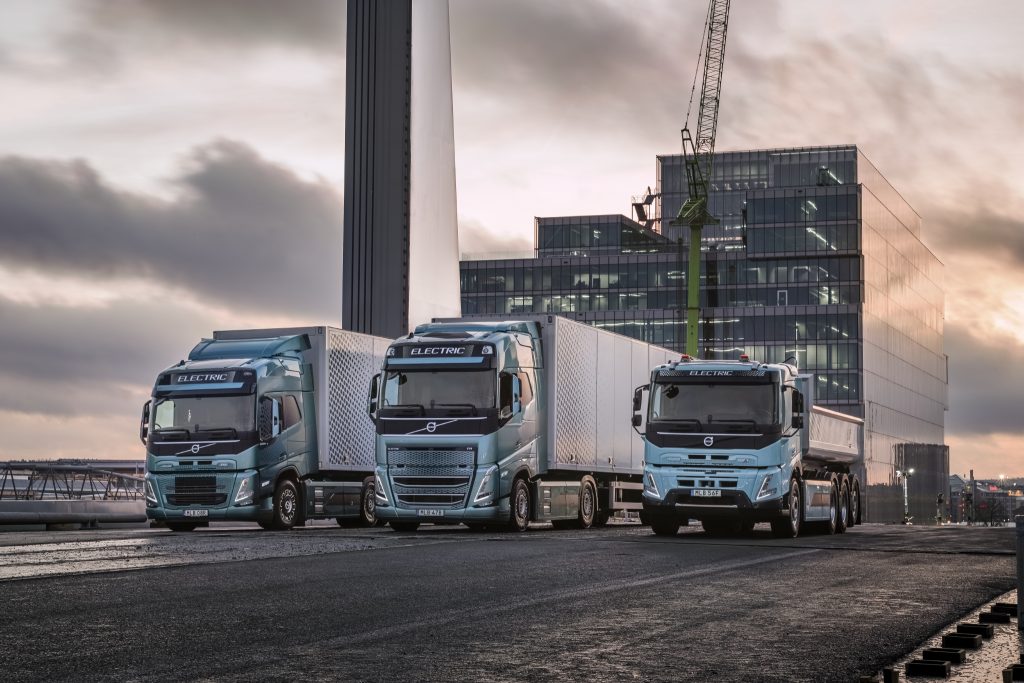Once you have established a baseline, you will have the necessary information to work out a low carbon action plan. Typically in Malaysia, you would focus a majority of your efforts on addressing energy and mobility. However, this may differ for your own organisation or industry sector.
In developing an action plan, you would choose a greenhouse gas emissions reduction target such as 45% GHG emissions reduction by 2030 or net-zero GHG emissions by 2050. This will give you an indication of how much greenhouse gas emissions that you will need to reduce.
You will then proceed to identify relevant, financially viable and impactful mitigation activities and arrange them into short-term, medium-term and long-term solutions.
By implementing many of these initiatives, you will be able to enjoy the various green technology financing and incentives that the Government has provided such as Green Technology Financing Scheme (GTFS), Green Investment Tax Allowance (GITA) and Green Income Tax Exemption (GITE).
